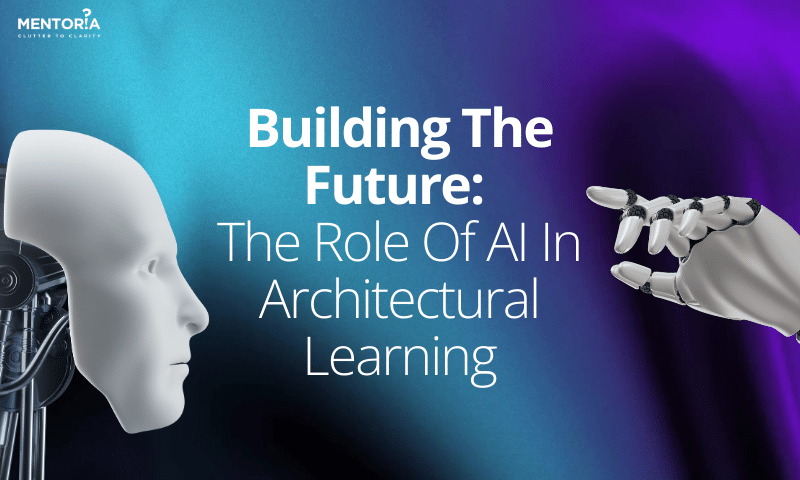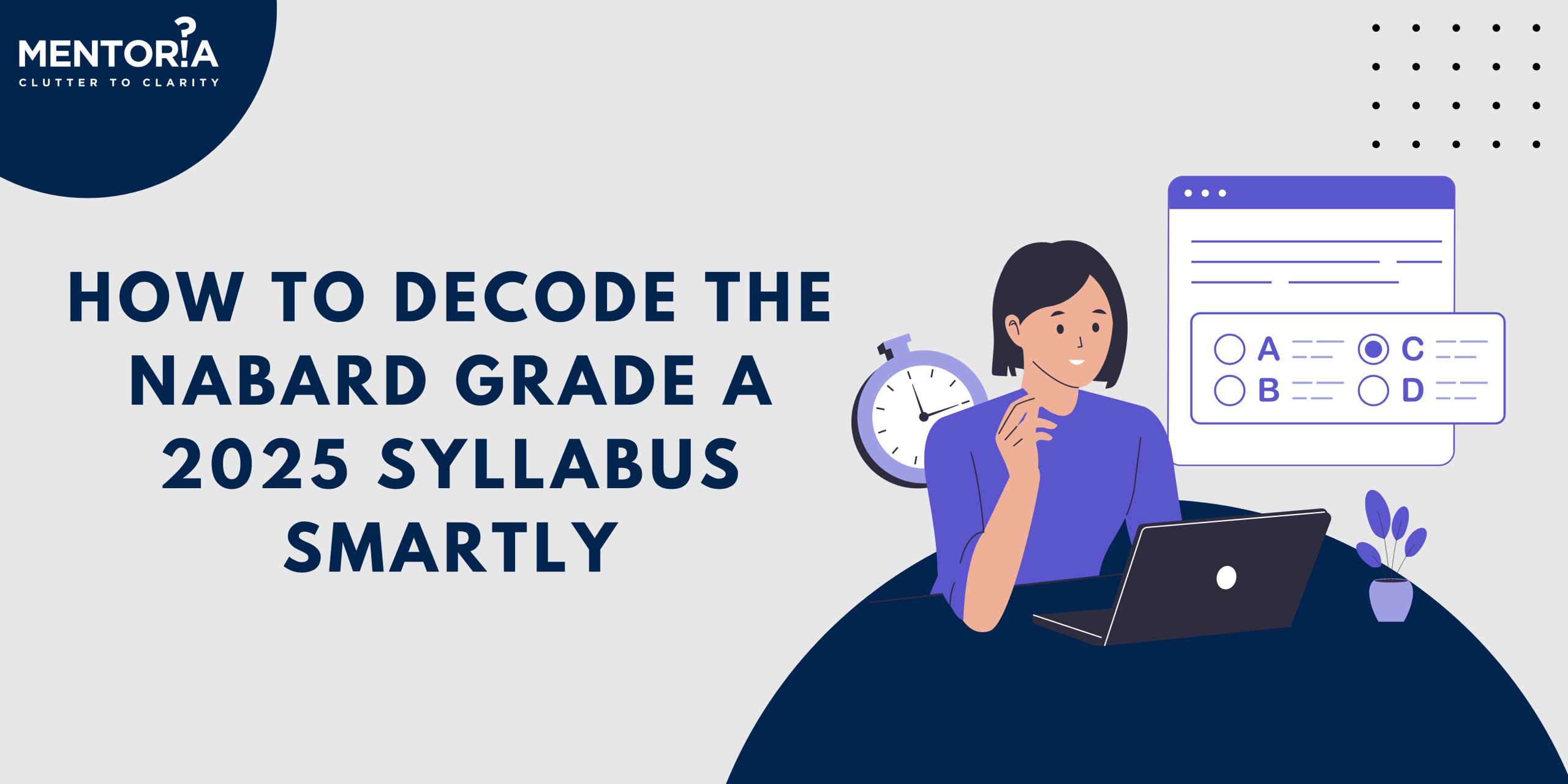The Role Of AI In Architectural Learning

Imagine a world where architecture students aren’t just armed with blueprints and measuring tapes, but also equipped with digital sidekicks that can sketch, design, and even foresee the structural challenges of their wildest dreams. Welcome to the future of architectural learning, where AI isn’t just a buzzword; it’s the paint on the canvas, the blueprint of innovation, and the visionary behind your next revolutionary architectural marvel. In this age of architectural evolution, AI isn’t just a tool; it’s a partner, a mentor, and quite possibly, the architect of the future itself. It’s time to explore how AI is rewriting the syllabus for aspiring builders and creators.
The Architectural Canvas: Why AI Matters
Before we delve into the specifics, let’s talk about why AI holds such immense importance in the realm of architectural education.
- Design Innovation: AI introduces architects to a realm of innovative design possibilities. It allows them to experiment with complex forms, materials, and structures that might be challenging to conceptualise manually.
- Efficiency and Precision: In architectural design, precision is paramount. AI tools help streamline the design process, reducing errors and enhancing efficiency. This not only saves time but also ensures that the final product is a true masterpiece.
- Sustainability: In today’s world, sustainable design is non-negotiable. AI can analyse vast datasets to optimise energy consumption, material usage, and overall sustainability in architectural projects.
- Real-time Feedback: Imagine having a design assistant that provides instant feedback on your concepts. AI-powered software can do just that, helping students refine their skills in real-time.
AI In Architectural Education: The Building Blocks
Now that we understand why AI is essential, let’s break down how it’s being integrated into architectural education.
- Design Assistance: AI tools like Generative Adversarial Networks (GANs) and parametric design software assist students in generating innovative design options. They can explore various iterations and styles, pushing the boundaries of their creativity.
- Virtual Reality (VR) and Augmented Reality (AR): These technologies allow students to step inside their designs and explore them in 3D. It’s like bringing blueprints to life! VR and AR offer an immersive learning experience that enhances comprehension and engagement.
- Data-Driven Design: AI can analyse vast datasets related to climate, site conditions, and historical context to inform architectural decisions. This data-driven approach ensures that designs are not only visually stunning but also functional and contextually relevant.
- 3D Printing and Robotics: AI-driven robots and 3D printers are transforming the way architectural models are constructed. Students can experiment with intricate models and prototypes, pushing the boundaries of what’s possible.
The AI Tools Of The Trade
Now that you’re familiar with the broad strokes, let’s zoom in and explore some of the remarkable AI tools and technologies making waves in architectural education.
- Generative Design Software: Tools like Autodesk’s Generative Design offer students the ability to explore numerous design options by setting parameters and letting AI algorithms generate alternatives. It’s like having a design partner that never sleeps!
- BIM (Building Information Modeling): BIM software integrates AI to create intelligent 3D models that store valuable data about a building’s components and systems. This not only aids in design but also in construction and facility management.
- AI-Powered Simulation: Simulation software can analyse how a building will behave under various conditions, such as weather, occupancy, and structural stress. This helps students make informed decisions about design modifications.
- AI-Enhanced Rendering: Rendering tools have come a long way, thanks to AI. They can generate photorealistic images and videos of architectural designs, making presentations more captivating and convincing.
AI + Human Creativity: The Perfect Duo
Now, you might be wondering, does AI replace human creativity in architecture? Not at all! In fact, it complements it beautifully.
- Enhanced Creativity: AI tools can inspire and augment human creativity. They provide a wealth of design options and ideas, allowing architects to explore uncharted territories.
- Time Efficiency: With AI handling repetitive tasks like data analysis and model generation, architects have more time to focus on the creative aspects of their work.
- Data-Driven Decisions: AI’s ability to process and analyse massive datasets empowers architects to make informed decisions that blend artistic vision with practicality.
- Collaboration: AI fosters collaboration among architects, engineers, and other stakeholders by providing a common platform for design exploration and decision-making.
AI In Architectural Education: Success Stories
Let’s take a moment to celebrate some success stories where AI has left a significant mark in architectural education.
- MIT’s “AI in Design” Course: The Massachusetts Institute of Technology (MIT) offers a course that explores the role of AI in architectural design. Students gain hands-on experience using AI tools and learn how to leverage them in real-world projects.
- AI-Designed Pavilion: In 2019, the University of Stuttgart’s Institute for Computational Design and Construction collaborated with AI software to design and build the “Buga Wood Pavilion.” This groundbreaking structure showcases the potential of AI in construction.
- AI for Sustainable Design: Universities worldwide are using AI to develop sustainable design solutions. AI’s ability to analyse environmental data and propose eco-friendly designs aligns perfectly with the global push for sustainability.
Challenges And The Road Ahead
While AI in architectural education offers immense potential, it’s not without its challenges.
- Accessibility: Not all educational institutions have access to cutting-edge AI tools and technologies. Ensuring equitable access is a priority.
- Ethical Considerations: As AI becomes more integrated into design processes, ethical questions arise. How do we ensure responsible and ethical use of AI in architecture?
- Skills Gap: Educators must prepare students for the future by imparting AI-related skills and knowledge alongside traditional architectural education.
- Adaptation Period: Like any new technology, there’s a learning curve. Educators and students need time to adapt and harness the full potential of AI.
Shaping Tomorrow’s Architects With Mentoria
In conclusion, the integration of AI in architectural education is a transformative step towards preparing the architects of the future. It enhances design capabilities, streamlines workflows, and fosters innovation in architectural practices. As students and educators embrace AI-driven tools and techniques, they are better equipped to address complex challenges in the field.
Moreover, AI can play a pivotal role in personalised career guidance and mentoring, aiding students in making informed decisions about their architectural journey. Mentoria, with its cutting-edge AI-driven career counselling services, can provide tailored support to aspiring architects. From helping students identify their strengths and interests to guiding them towards the most suitable educational paths and career opportunities, Mentoria ensures that each architectural student receives the mentorship they need to excel in this dynamic field.









